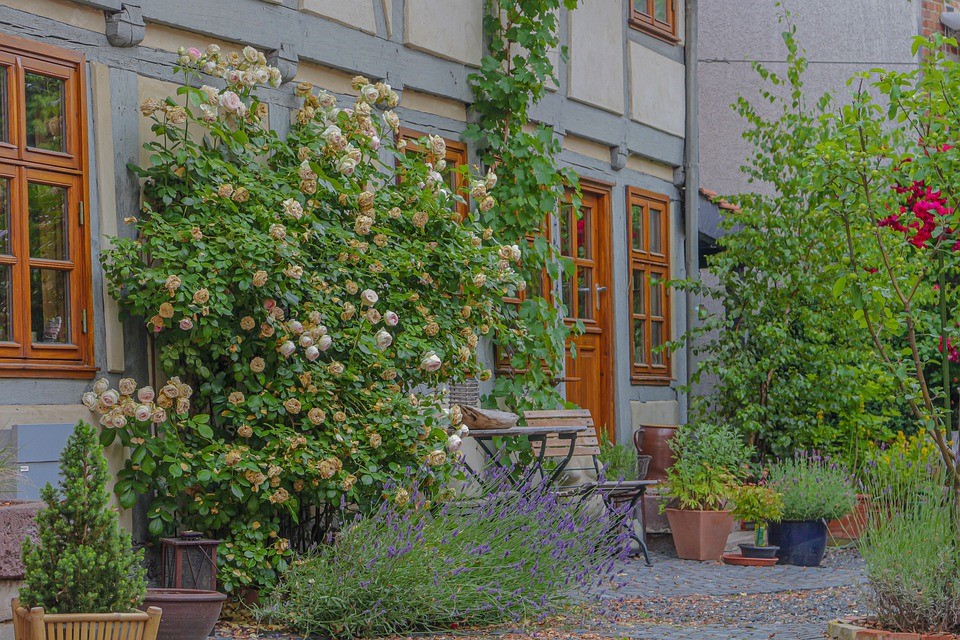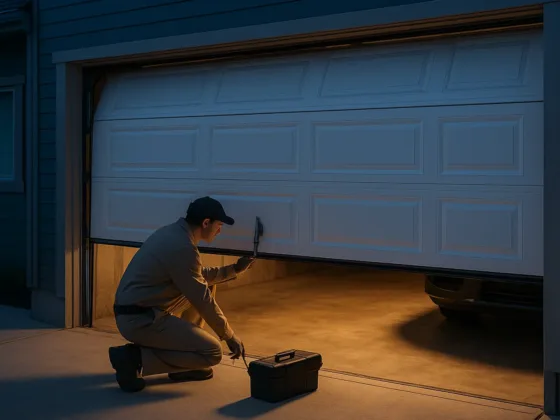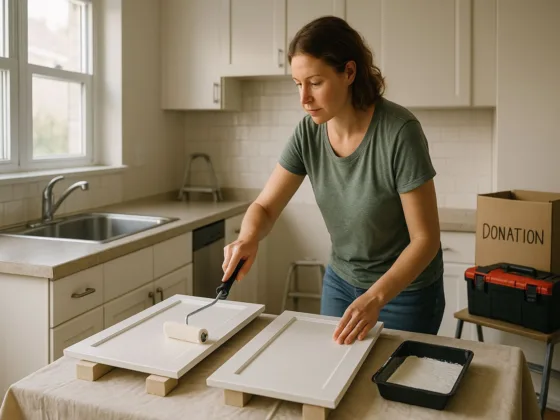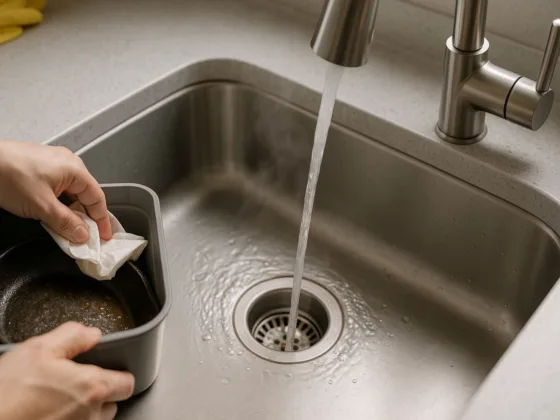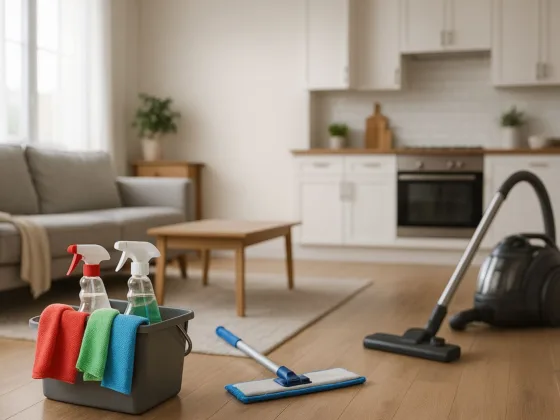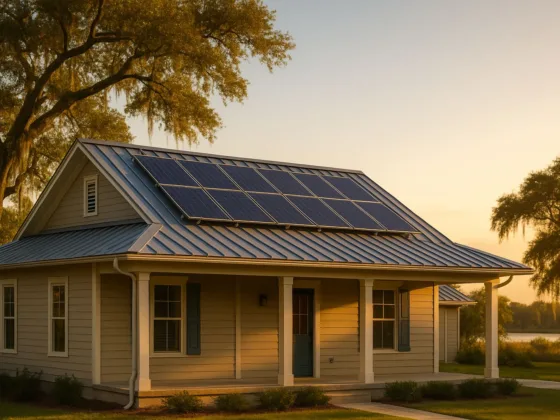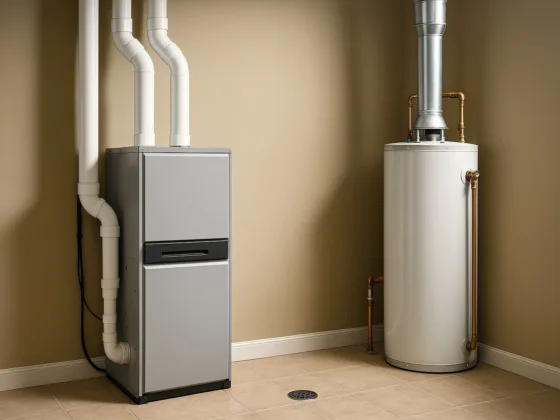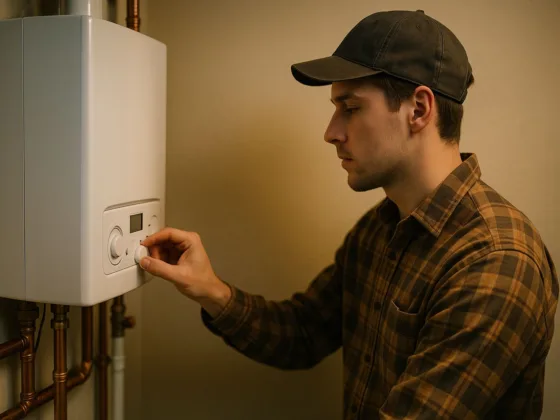Table of Contents Show
When you’re looking into different types of roofs for a home, knowing what roofs are best for certain climate types is key to choosing the right roof.
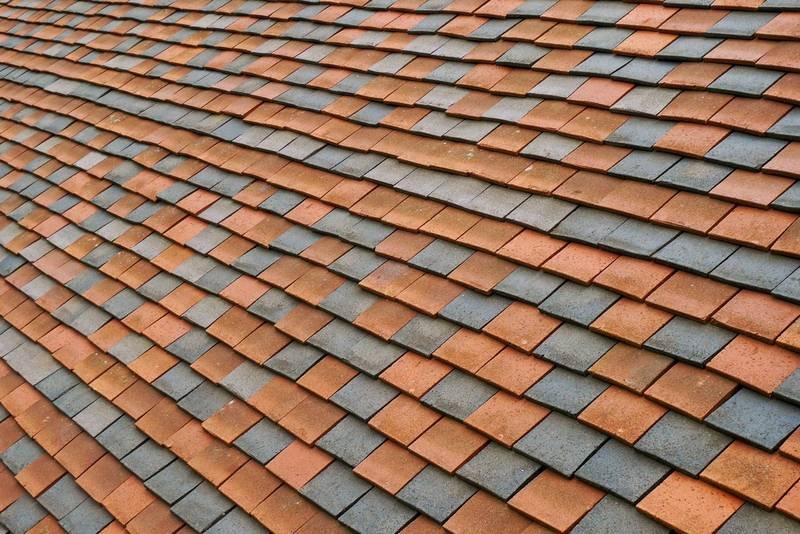
The main climates to consider are hot, cold, and humid. Some roofs are suitable for one climate type, while others are suitable for multiple. So, you’ll want to go for a roof type that can withstand the most prominent climate in your area. Getting the right roof type will allow you to have a roof that lasts, as roofs can experience severe wear if they can’t handle the climate they’re in.
Types of Climates to Consider
The main climates to consider with roof types are hot, cold, and humid. Most roofs can handle two of the three, while some specialized roofs can only handle one, but they handle that one climate type exceptionally well.
Typically, you will only want a roof specializing in one type of climate if you live in an area where one kind of climate is present very frequently. However, because these aren’t the most common situations, you’ll likely settle for a roof that can handle two climates.
We’ll cover the following roof types below.
- Clay
- Concrete
- Rubber
- Metal
- Asphalt
- Wood
Despite each roof type being distinct, they still share some broad similarities. Because of that, you may find that several roof types will work for your home. So, the kind you decide on will primarily come down to personal preference more than anything else.
The Seven Best Roof Types for All Climates
Read Also:
Clay – Best for Hot/Humid Climates
Clay roofs can come in tiles or shingles, depending on your preference. You’ll most often see these types of roofs in areas with hot and humid climates because the clay can withstand the heat. They can resist both fire and thermal heat, making them among the best roofs you can have for hot and humid climates.
In addition to their remarkable performance, clay roofs are also excellent for stylistic purposes. They offer a rustic look that you cannot get with any other type of roof, which you need if you’re looking for a roof that will make your home stand out from the rest. There are many custom colors and patterns to choose from as well.
You’ll also want to keep the higher price of clay roofs in mind before committing to them. They are more expensive than a more traditional roof type like asphalt. However, you get the additional benefits that come with that higher price, and one of the most significant benefits is the long lifespan of clay roofs.
With the proper maintenance, clay roofs can last up to a century. In contrast, concrete roofs typically only last for about half that time.
Concrete – Best for Hot Climates
While concrete roofs may not last as long as their clay roof counterparts, they have the advantage of being cheaper. Depending on your budget, the cost can be a significant determining factor in what roof type you choose, and because concrete roofs can withstand heat just like clay roofs, you may prefer them for the lower cost.
Unlike some other roof types, concrete roofs have the added advantage of requiring low maintenance. You don’t have to do a lot to maintain them, as they remain in good condition in hot climates on their own. They’re also highly durable and can survive bad storms that typically damage other roof types.
When considering taking roof installation into your own hands, you may want to consider concrete roofs further because they’re the most accessible roof material to install. However, while they’re easy to install, they do require a significant amount of work to repair if they do receive damage.
They aren’t as simple to repair as other roof types, so you’ll have to invest in new tiles or shingles. Typically, purchasing new roofing is more expensive than repairing damaged roofing, so keep that in mind when considering concrete roofs as an option for hot climates.
Rubber – Best for Hot/Cold Climates
Rubber roofs are suitable for both hot and cold climates, making them one of the most versatile options on this list. The most significant upside of rubber roofing is the combination of affordability and versatility. You don’t have to pay a fortune for this roof type, yet you can still get excellent performance out of it.
One of the most significant reasons people choose rubber roofs over other roof types is to prevent leaking. Rubber is among the best materials for stopping water, making it especially great for use on roofs if you live in an area that experiences heavy amounts of rain.
You should especially consider rubber if you have a flat roof that doesn’t naturally cause rainwater to slide off. Having rain sitting on your roof is far from ideal when trying to avoid leaks, but a rubber roof doesn’t need to worry about that issue as much as its competitors.
It’s worth keeping in mind that a rubber roof gets very hot when it starts absorbing lots of sunlight. However, absorbing that heat won’t cause damage to the rubber. It only means you’ll want to be careful whenever you go on top of the roof because the surface could burn you.
Metal – Best for Hot/Cold Climates
Metal roofs are a common roof type that many people opt for when they don’t want another standard option, like asphalt roofs. There are several pros to having metal roofs. Still, one of the most significant is how easily they dispose of anything that falls on them. The slick metal surface helps prevent damage from ice, sleet, snow, and debris by making it all slide off.
Because metal roofs effectively clean themselves, you don’t have to perform maintenance on them quite as often as you have to with other roof types. However, still watch for dents, as they are one issue metal roofs suffer from that other roof types don’t.
Unlike many other roof types, metal roofs are noisier because of the material. You’ll notice this most often when you get downpours or hail. To remedy this issue, you do have the option of adding insulation underneath the roof to lessen some of the sound caused by impact.
Asphalt – Best for Humid/Cold Climates
Asphalt is the go-to option for a roof type that handles humidity and cold weather well. Asphalt roofs are one of the most popular roof types in the world because they are the jack of all trades among roof types.
Whenever you drive through a neighborhood, these are the roofs you’ll see most of the time, as they’ve proven to be models of consistency.
The versatility in asphalt roofs comes from the different grades you can choose to get them in. The type of grade determines the overall durability of the roof. So, when you want an asphalt roof that you can rely on for durability, you should get a heavy-duty grade that can withstand inclement weather regularly.
You can make an asphalt roof last for over 25 years by taking proper care of an asphalt roof. While that might not be the same lifespan as some other roof types, it’s still an excellent amount of quality protection you’re getting for a reasonable price.
The only area where asphalt roofs significantly lack is visuals. They don’t look particularly unique because of how common they are, and you also can’t customize them to the same degree you can get with clay roofs. In terms of performance, that lack of customization isn’t essential, but it is crucial if you care about standing out from the crowd.
Wood – Best for Cold Climates
Wood roofs provide some of the best protection in cold climates. They are durable against rain, sleet, snow, hail, and other harsh weather conditions and provide excellent insulation.
For installation purposes, wood shingles weigh less than asphalt shingles. So, if you ever need to replace damaged shingles, you won’t struggle to transport them to the roof.
For those who like to be conscious of the environment when we can, wood roofs are a natural option that’s recyclable and eco-friendly. You can save on energy with a wood roof because it can keep a house cool or warm depending on the temperature outdoors.
The main thing to remain mindful of when it comes to wood roofs is their lack of fire resistance. You can lessen this downside with various methods that increase the fire resistance of a wood roof, but they require consistent maintenance.
So, What Are the Best Types of Roofs for all Climate Types?
There wasn’t always a great roof for every type of climate. However, people have come up with different roofs to handle every weather condition. Unfortunately, no single roof type can deal with hot, cold, and humid climates all at once. You must settle on leaving at least one kind of climate unaccounted for.
The upside is that you can always have coverage against at least two climates. So, consider what climates you experience most often and select a roof type based on those. That way, you get your money’s worth and a roof that will last for a long time.
Author Bio:
Louis Hanley is a community manager for Baltic Roofing where they help the greater Chicago community with everything from high-quality roof replacements to skylight repairs. He is an expert on all things roofing and home improvement. Outside of work, he’s a huge Cubs fan and enjoys spending time with his dog, Roscoe.
